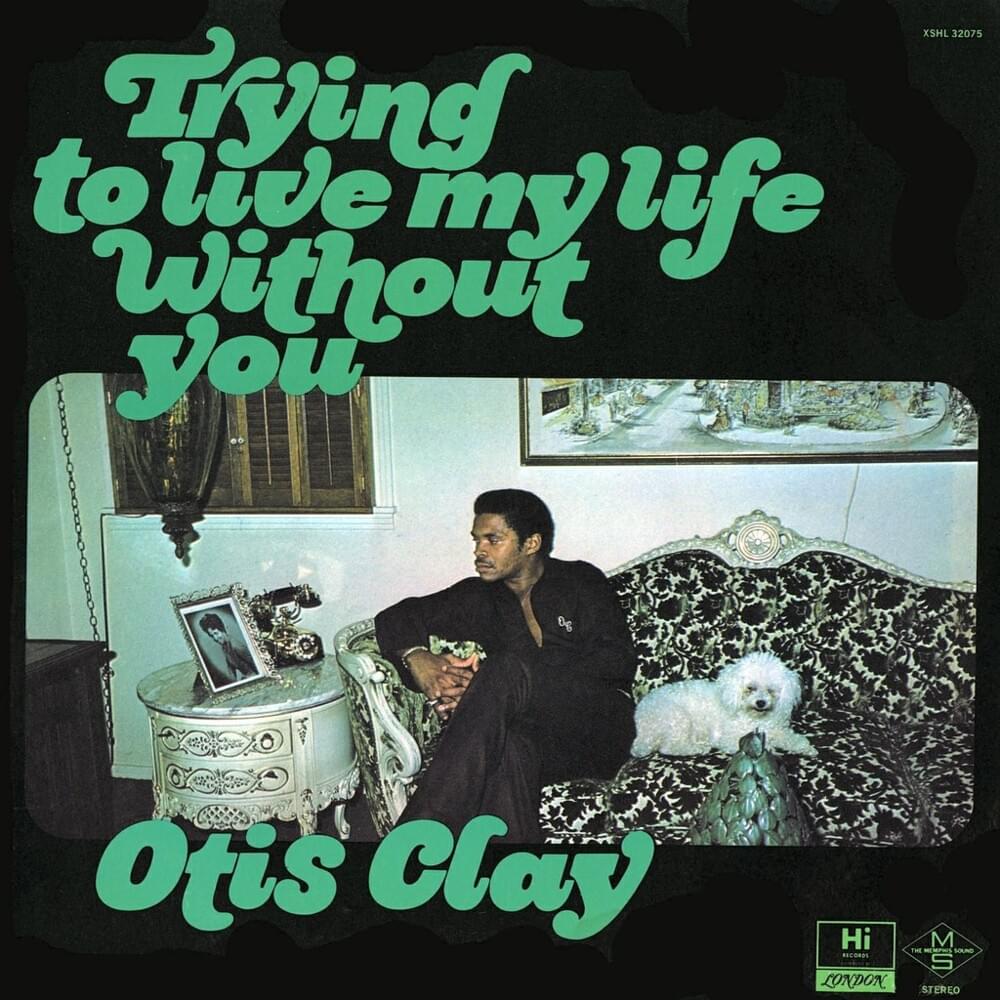Remembering Soul Singer Extraordinaire Otis Clay
By
by John Funke / Backwoods, Saturdays 10 am – noon
Born in Mississippi where he began singing with various gospel groups, Otis Clay eventually signed with One-derful! Records in Chicago releasing some fine hard soul singles during the 1960s. He had his greatest success with the guidance of legendary producer Willie Mitchell at Hi Records in Memphis in 1972 and, in 1992, he paid a visit to the WMBR studios, interviewed by David Herwaldt on the Out of the Blues program. Still performing and recording until his death in 2016, Otis Clay will be remembered as a gentleman of soul and substance. Here he is on Soul Train singing his biggest hit, later recorded by Bob Seger, Trying to Live My Life Without You.
Comments closed
Happy 88th Birthday Clarence Carter
By
by John Funke / Backwoods, Saturdays 10 am – noon
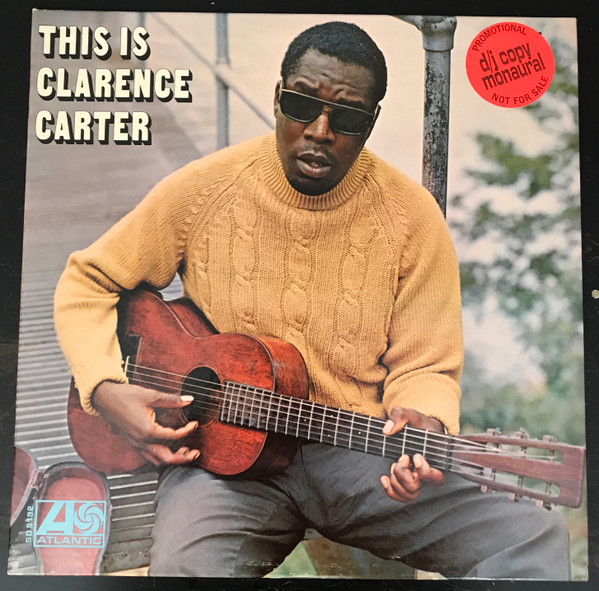
Happy 88th Birthday Clarence Carter, one of the last of the Southern Soul Men. Recording his biggest hits such as “Slip Away” and “Patches” during the 60s and early 70s at the FAME studios in Muscle Shoals, he came back in 1986 with “Strokin” a perennial party starter on the Soul Blues festival circuit. Here he is, still strokin’ as of last year!
Comments closed
Remembering trombonist, arranger and composer Melba Liston on her Birthday 🎼
By
by John Funke / Backwoods, Saturdays 10 am – noon
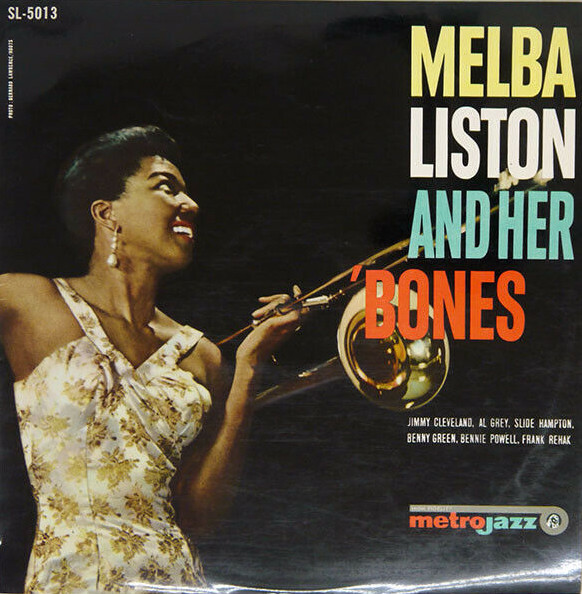
Her performance in the current documentary Soundtrack to a Coup d’Etat (2024) is among this film’s many highlights:
Comments closed
A New Peabody Essex Museum Show Takes Us to Flanders of Long Ago
By
by Bruce Sylvester / Troubadour, Thursdays 2–4 pm
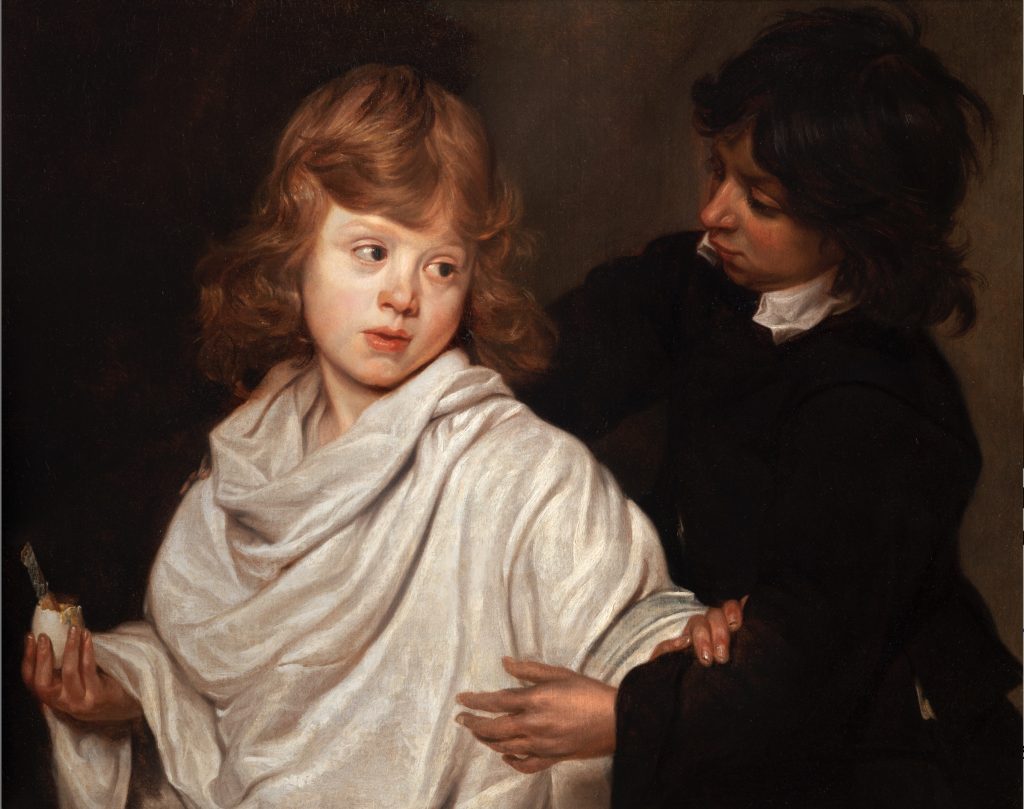
With its burst of art, exploration,and scientific discovery, the Renaissance brought more than just wealth to the Netherlands, including the less lionized southern Netherlands, or Flanders, in what is now Belgium. Through May 5, the Peabody Essex Museum in Salem presents a three-century cornucopia of fine art, decorative art and elegantly carved furniture of oak and ebony plus much more in a new show titled Saints, Sinners, Lovers, and Fools: 300 Years of Flemish Masterworks, with about 200 pieces from the fifteenth through the seventeenth century.
The smaller items include globes of the known world, a gorgeously illustrated prayer book and a silver dish inlaid with ancient Roman coins. Affluent households assembled collections of ephemera and exotica from the natural world to display in a kunstkammer or wunderkammer.
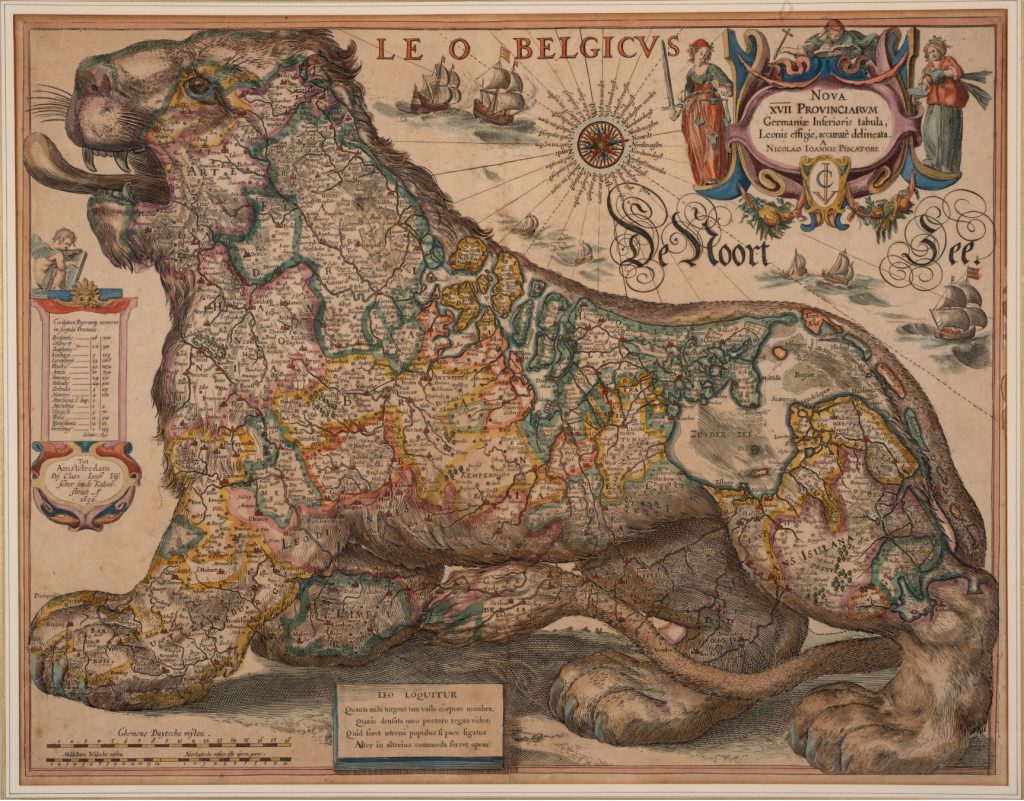
During these years, paintings moved beyond solely religious topics to domestic themes. Portraits were done of people of neither nobility nor the church. Savor the detail in the lacework of one woman’s portrait. Few portraits of a female court jesters have survived over the centuries, but we see one here. Anthony Van Dyck and Peter Paul Rubens did portraits of regents sent from Spain during the long wars of freedom from Spanish dominion. The painting of a festival of monkeys satirizes Spanish soldiers occupying the Low Countries. Another shows peasants driving Spanish soldiers from their home.
Portrayals of domestic scenes from Biblical times would often be placed in settings of the present day, giving us a glimpse of the sorts of items Renaissance Netherlanders had in their homes. There is art based on classical antiquity as well as comic but moralistic cautionary art. Reportedly, it was this era and region whose thriving art market first admitted women artists. So prosperous was the period that people who weren’t wealthy could afford to buy art.
By the way, the nightmarish panoramas associated with Hieronymus Bosch were done in Flanders too. When closed up, a small religious triptych shows a skull and bone on the less often seen side of its panels.
For all the attention that local museum shows have justifiably given the Northern Netherlands in what we term its Golden Age, we now see the blossoming of creativity going on a bit to its south in Flanders.
Comments closed

